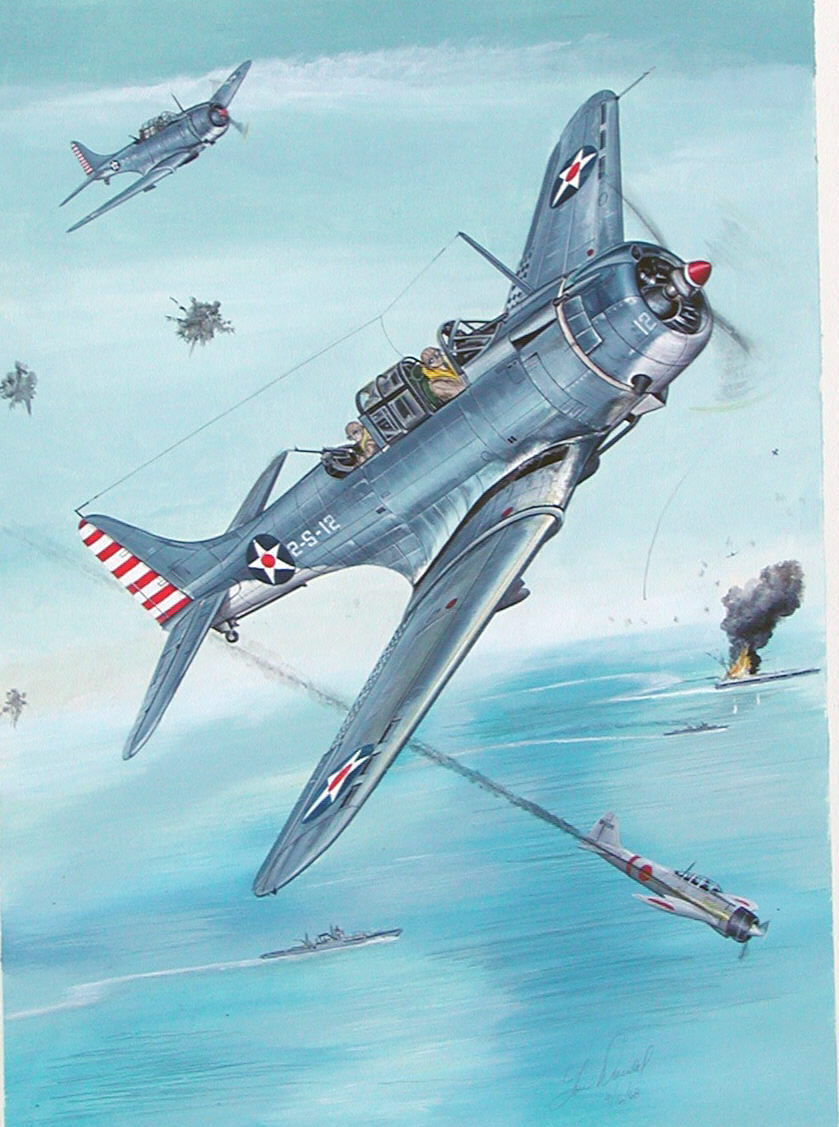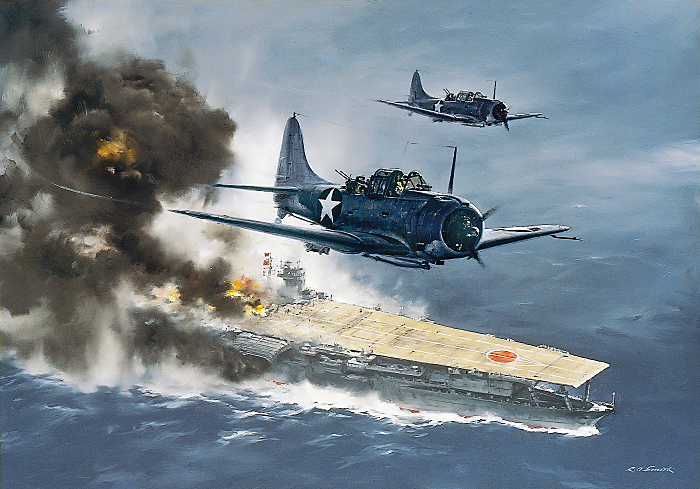One Second After – Of EMP and Post-Apocolypse America (Part 2)
 With the previous article as prologue, we turn to the review of the work at hand – One Second After, by William R. Forstchen (forward by Newt Gingrich).
With the previous article as prologue, we turn to the review of the work at hand – One Second After, by William R. Forstchen (forward by Newt Gingrich).
The premise for One Second After lies in the devastating effects of an EMP attack carried out by employing a few nukes launched in an asymmetric strike. There is little in the run-up to the attack, which is always off screen throughout the work, to point to the mechanics of who did it or why – sufficient for the plot that it was carried out. From that point on it reads very much like a  21st century redux of Alas Babylon which is not an altogether bad thing (more later). Like Alas Babylon, the focus and POV is a locale that is remote from the (once) brightly lit urban centers and works through the challenges, internal and external, that must be addressed to survive. At first there is the struggle to come to grips with the fact that post-EMP strike, we have been thrown back into a proto-industrial age where only the simplest of machines survives, subsistence farming is essential and resources, natural and otherwise, are far outstripped by population. Issues mount, survival moves from individual to community. Threats present themselves in the usual order, whether it be an over-reaction under martial law to disease and lawless bands roaming the countryside as an army of pillagers that threatens the remote community (who must face all the above on its own). So, yes, there is a bit of over-used imagery that has been well plowed before – be it Alas Babylon, Lucifer’s Hammer or any one of a number of the ‘America-in-the-post-apocalypse’ genres.
21st century redux of Alas Babylon which is not an altogether bad thing (more later). Like Alas Babylon, the focus and POV is a locale that is remote from the (once) brightly lit urban centers and works through the challenges, internal and external, that must be addressed to survive. At first there is the struggle to come to grips with the fact that post-EMP strike, we have been thrown back into a proto-industrial age where only the simplest of machines survives, subsistence farming is essential and resources, natural and otherwise, are far outstripped by population. Issues mount, survival moves from individual to community. Threats present themselves in the usual order, whether it be an over-reaction under martial law to disease and lawless bands roaming the countryside as an army of pillagers that threatens the remote community (who must face all the above on its own). So, yes, there is a bit of over-used imagery that has been well plowed before – be it Alas Babylon, Lucifer’s Hammer or any one of a number of the ‘America-in-the-post-apocalypse’ genres.
What is different, and alluded to in the plot, is how America has changed in the past forty-plus years. When Babylon was first published, we had just emerged from a confrontation that brought us to the brink of nuclear war. The previous decade had seen thousands of nuclear tests undertaken by the US and Soviet Union, witnessed a massive deployment of nuclear forces justified under the motto of “no more Pearl Harbors†and conditioned a populace to believe that with the right preparation (not just ‘duck and cover’) that nuclear war would be fought and not only survived, but won. The true extent of immediate and long-term effects of full scale war, like radioactive fallout, was only dimly beginning to be understood by the populace at large (in Babylon it always hovered as an invisible cloud, just outside the township limits). Neville Shute’s On the Beach was one such novel that pointed in the opposite direction – nuclear war would be the end of not just civilization, but mankind, period. So while there was a kind of relentless pessimism regarding survival of the US as a geopolitical entity in Babylon (and One Second After), in the end, survival of self and one’s immediate community is still the order of the day. Think of it as post-modern feudalism.
us to the brink of nuclear war. The previous decade had seen thousands of nuclear tests undertaken by the US and Soviet Union, witnessed a massive deployment of nuclear forces justified under the motto of “no more Pearl Harbors†and conditioned a populace to believe that with the right preparation (not just ‘duck and cover’) that nuclear war would be fought and not only survived, but won. The true extent of immediate and long-term effects of full scale war, like radioactive fallout, was only dimly beginning to be understood by the populace at large (in Babylon it always hovered as an invisible cloud, just outside the township limits). Neville Shute’s On the Beach was one such novel that pointed in the opposite direction – nuclear war would be the end of not just civilization, but mankind, period. So while there was a kind of relentless pessimism regarding survival of the US as a geopolitical entity in Babylon (and One Second After), in the end, survival of self and one’s immediate community is still the order of the day. Think of it as post-modern feudalism.
Fast forward to today and that surety of that survival is a much closer-run thing, due in no small measure to the advances of the intervening four decades. Interdependence has become the byword and common condition of today. Beyond the usual complaints about an economy that doesn’t produce durable goods so much as providing information and services, Forstchen points out how our individual vulnerabilities have exponentially grown as a result. Everything from where we live, draw our basic necessities of life – not to mention the exotic medications and technologies to support the same; all are rendered vulnerable to the effects of an EMP attack.
And that is the point worth hammering home.

 It is of such a degree that the usual survivalist reaction of stocking up on water, food, medication and, yes, the weapons necessary to ensure survival will not be sufficient for the relentless decades-long echo from the EMP effects. How long will it take to rebuild the electrical grid? Can we rebuild it? How will we manufacture the wire? Re-build the power plants? Re-establish communications when all the marvelous telecommunications equipment is no better than pretty boat anchors? In each of the major crises the US faced in the latter part of the 20th Century, there has always been immediate, or near immediate reassurance that the federal government is still functioning – that the instrumentalities of national, and by extension, individual survival are still at work and that while there may be some immediate hardship, ultimately it will be temporary in nature and we’ll rebuild and press ahead.
It is of such a degree that the usual survivalist reaction of stocking up on water, food, medication and, yes, the weapons necessary to ensure survival will not be sufficient for the relentless decades-long echo from the EMP effects. How long will it take to rebuild the electrical grid? Can we rebuild it? How will we manufacture the wire? Re-build the power plants? Re-establish communications when all the marvelous telecommunications equipment is no better than pretty boat anchors? In each of the major crises the US faced in the latter part of the 20th Century, there has always been immediate, or near immediate reassurance that the federal government is still functioning – that the instrumentalities of national, and by extension, individual survival are still at work and that while there may be some immediate hardship, ultimately it will be temporary in nature and we’ll rebuild and press ahead.
What if now, right this instant, you realized that you no longer had a car that worked. That your only means of communication was what word was passed by second, third-hand information from nearby communities – communities who were as much in the dark as you. That the medicine your son or daughter needed to live would no longer be available once the supply you have on hand was exhausted? Not unavailable for a few weeks or months – but forever (or, at least in your lifetime)? That nearly 2 in 3 Americans would perish in the resultant waves of disease and starvation because the land will not support the food needs of our current population clustering and density? How many even think about, much less plan for this kind of scenario? To be sure, there are a certain percentage of fatalists out there, but by far there are many more who are complacent about being prepared until the crisis is nearly on top of them (witness the run on stores on the eve of a blizzard or hurricane) and when disaster does strike, there is an expectation for assistance from first responders that exceeds availability rather than fending for ones’ self. So what is one to do?
Learn, arm, plan, advocate. Learn all you can – about the threat and how to survive. Learn to ask the follow-on questions of yourself and our public servants (e.g., after the first 72 hours, then what?). Arm yourself with knowledge and provisions. Build relationships with your neighbors – if you can’t or they’re not interested, think hard about staying in that neighborhood. Because when the chips are down, it will take more than a one-person show to survive and neighbors thqt can’t be bothred now will only be interested in your resources later – and not necessarily in a neighborly way. Press your elected representatives about emergency preparedness – and not just for natural disasters. Ask about your community’s EMP plan. Some resources to get you started:
- Glasstone, Effects of Nuclear Weapons – Chapter 11 EMP
- Report of the Commission to Assess the Threat to the US from an EMP Attack (April 2008)
- About preparedness
- EMPACT America, Inc





A good reason to invest in an old manual car, one where switches are mechanical and there was a carburetor…even if the EMP fries your battery a clutch-start will get it running and the battery will recharge.
I also think its interesting that back in the 70’s my Mum probably had enough food in the cupboard (tins etc) to last two weeks, with gas to cook on, and access to water they were a lot better “ready” (without meaning to be) to tackle something like this than the average “joe” today is, what with our reliance on convenience and the microwave.
Electronic devices are very prone to EMP(electromagnetic radiation). EMP can cause voltage surges which can damage and fries electronic devices.